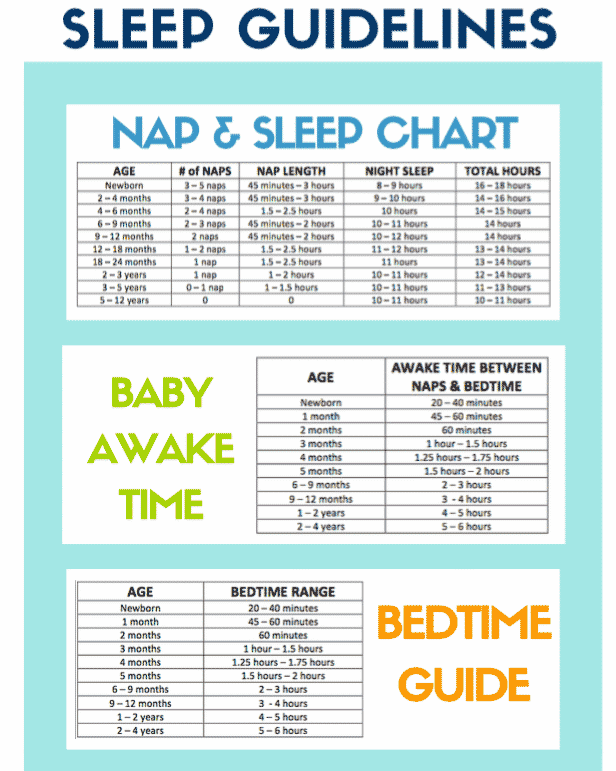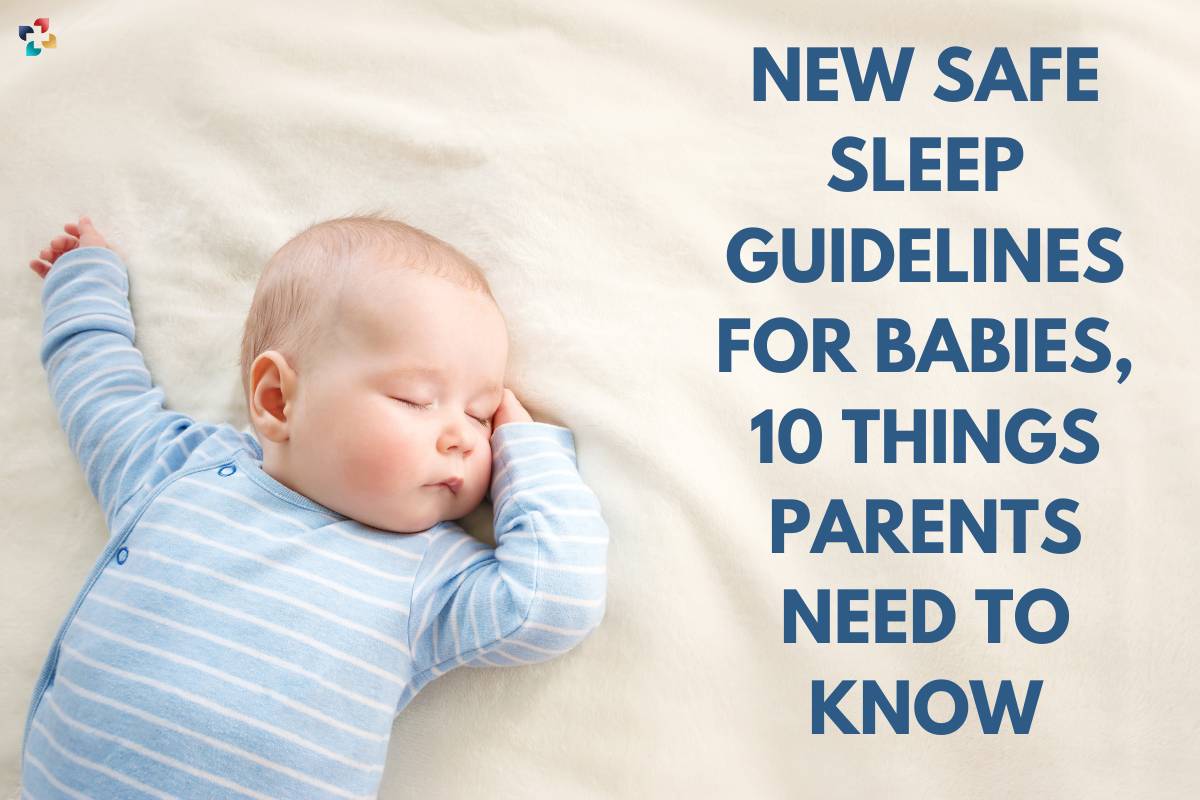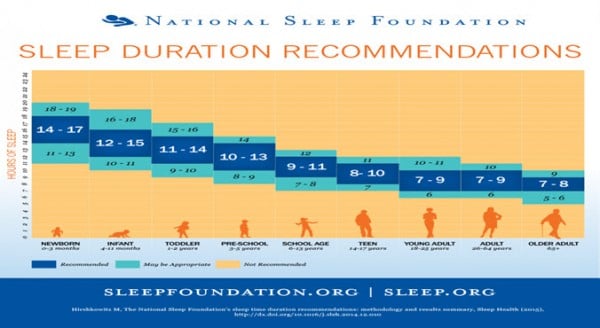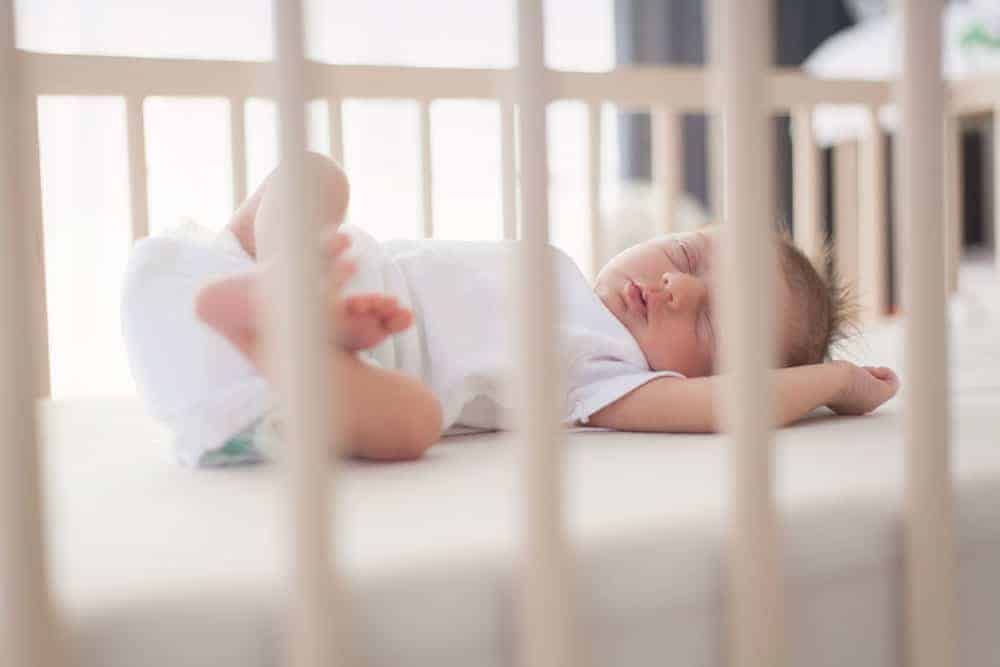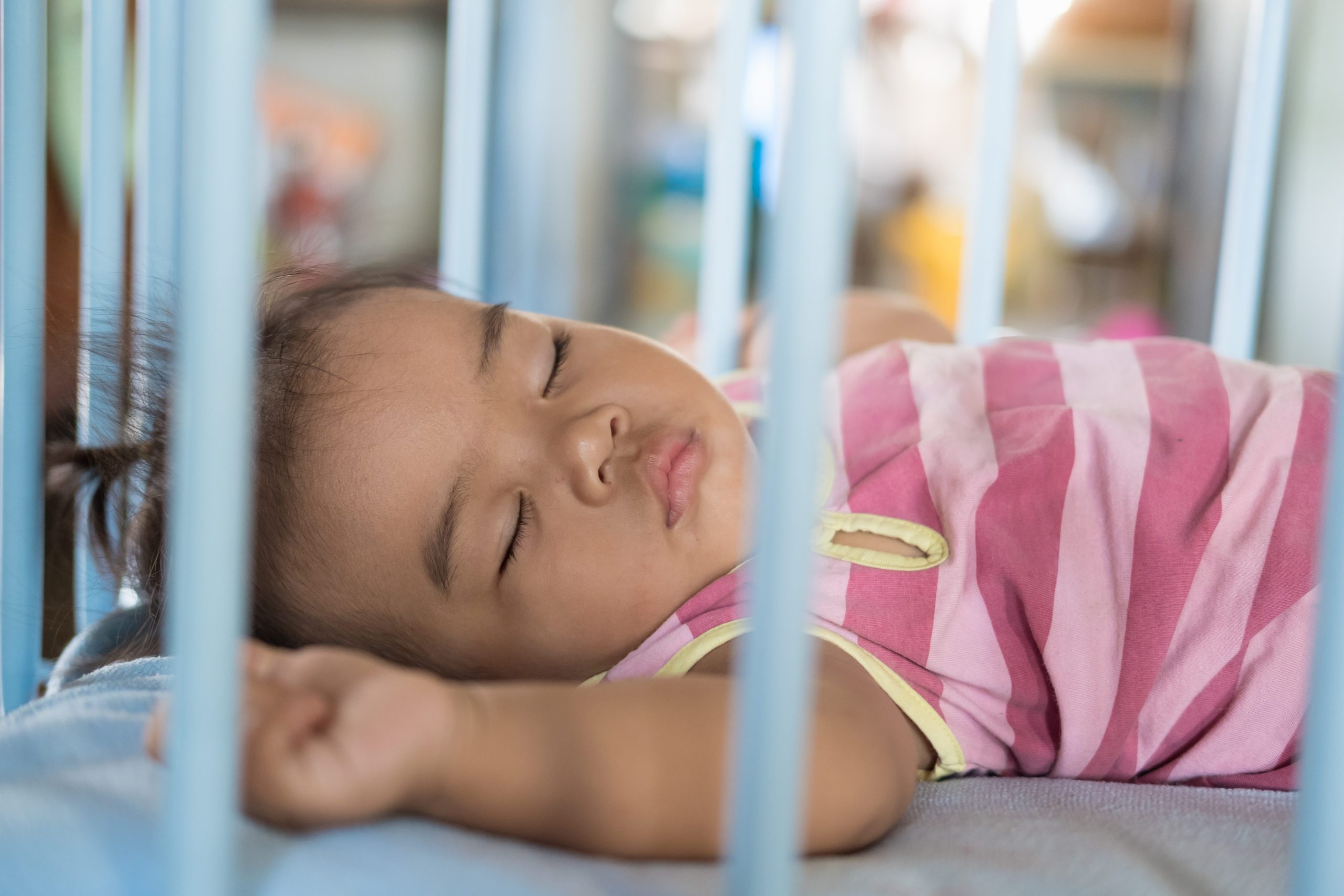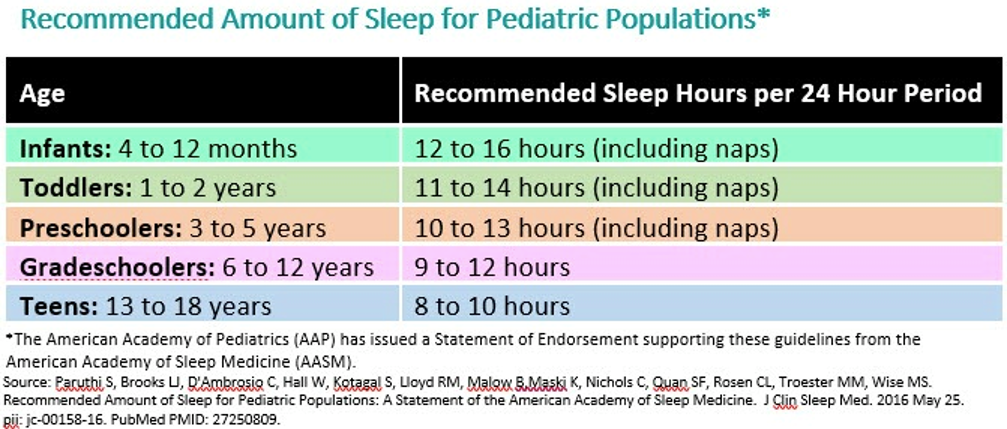Every parent wants to ensure the safety and well-being of their baby, especially when it comes to sleep. With the constant worry of Sudden Infant Death Syndrome (SIDS), many parents may wonder if their baby can suffocate on a mattress. The answer is not a simple yes or no, but it is important to understand the risks and take necessary precautions to create a safe sleep environment for your little one.1. SIDS and Safe Sleep: Can a Baby Suffocate on a Mattress?
The American Academy of Pediatrics (AAP) recommends that babies sleep on their backs, on a firm and flat surface, to reduce the risk of SIDS. This means that it is safest for your baby to sleep on a crib mattress, rather than a soft or plush surface like an adult mattress, which can increase the risk of suffocation.2. How to Keep Your Baby Safe While Sleeping
While many parents enjoy the closeness and convenience of co-sleeping with their baby, it is important to be aware of the potential dangers. Soft bedding, such as comforters, pillows, and duvets, can easily cover a baby's face and cause suffocation. Additionally, adults can accidentally roll onto or over their baby, which can also lead to suffocation. For these reasons, the AAP recommends against co-sleeping with your baby.3. The Dangers of Co-Sleeping with Your Baby
Aside from placing your baby on a firm and flat surface, there are other steps you can take to create a safe sleep environment and reduce the risk of SIDS. These include using a crib mattress specifically designed for infants, keeping the crib free of soft bedding and toys, and making sure your baby's head and face are uncovered during sleep.4. Safe Sleep for Babies: Tips to Reduce the Risk of SIDS
The ABCs of safe sleep are a helpful guide for parents to remember the key elements of creating a safe sleep environment for their baby. A stands for alone, meaning your baby should sleep alone in their own crib or bassinet. B stands for on their back, emphasizing the importance of placing your baby on their back for sleep. And C stands for in a crib, reminding parents to use a safe and appropriate sleeping space for their baby.5. The ABCs of Safe Sleep for Babies
When it comes to choosing a crib mattress for your baby, safety should be the top priority. Look for a mattress that is firm and flat, with a tight-fitting sheet. Avoid using any soft or plush bedding, including mattress pads, as they can increase the risk of suffocation. Additionally, make sure the mattress fits snugly in the crib and there are no gaps that could potentially trap your baby.6. How to Choose a Safe Crib Mattress for Your Baby
A firm mattress is crucial for safe baby sleep, as it provides a stable and supportive surface for your little one. This is especially important for newborns and infants, as their muscles and bones are still developing. A firm mattress also helps to prevent your baby's face from sinking into the mattress, reducing the risk of suffocation.7. The Importance of a Firm Mattress for Safe Baby Sleep
In addition to the ABCs of safe sleep and using a firm mattress, there are other practices that can help ensure your baby's safety during sleep. These include dressing your baby in lightweight clothing, keeping the room at a comfortable temperature, and regularly checking on your baby during the night to make sure they are in a safe position and not overheating.8. Safe Sleep Practices for Infants: What You Need to Know
Studies have shown that there is a strong link between soft bedding and SIDS. Soft bedding can include items such as pillows, blankets, and stuffed animals, which can easily cover a baby's face and obstruct their breathing. It is important to keep the crib free of these items and to dress your baby appropriately for sleep to avoid the risk of suffocation.9. The Link Between Soft Bedding and SIDS
It is never too early to start practicing safe sleep habits with your baby. The AAP recommends that infants sleep in the same room as their parents, but not in the same bed, for at least the first six months. This allows for close monitoring and quick responses to your baby's needs, while still providing a safe sleep environment. Remember, the safest way for your baby to sleep is on their back, on a firm and flat surface, without any soft bedding or toys.10. Safe Sleep Guidelines for Newborns and Infants
The Importance of Choosing the Right Mattress for Your Baby's Safety

Can a Baby Suffocate on a Mattress?
 When it comes to designing a nursery for your little one, safety should always be a top priority. From choosing the right crib to baby-proofing the room, every detail matters. One common concern among parents is the risk of suffocation on a mattress. As a parent, it's natural to want to provide your baby with a comfortable and cozy sleeping space, but it's important to understand the potential risks and take necessary precautions.
The Risk of Suffocation on a Mattress
According to the American Academy of Pediatrics, soft bedding, including pillows, blankets, and bumpers, is a leading cause of suffocation among infants. This is because babies do not have the motor skills or strength to move away from potential hazards while sleeping. As a result, they can easily become trapped and suffocate. While mattresses may not seem like a risk, they can also pose a danger if not chosen carefully.
Choosing the Right Mattress
When it comes to a baby's mattress, firmness is key. A soft or sagging mattress can increase the risk of suffocation as it can create an indentation where the baby's face can become stuck. Look for mattresses that are specifically designed for infants and meet safety standards. It's also important to choose a mattress that fits snugly in the crib without any gaps. This will prevent the baby from getting trapped between the mattress and the crib.
Additional Safety Tips
Aside from choosing the right mattress, there are other safety measures you can take to reduce the risk of suffocation in your baby's crib. Avoid using bumpers, pillows, and heavy blankets in the crib. Instead, opt for a wearable blanket or sleep sack to keep your baby warm. Make sure to also keep stuffed animals and toys out of the crib while your baby is sleeping.
Conclusion
In conclusion, while it's important to provide a comfortable sleeping space for your baby, safety should always come first. By choosing the right mattress and following safety guidelines, you can reduce the risk of suffocation and provide a safe sleeping environment for your little one. Remember to always follow safety standards and recommendations from pediatricians to ensure your baby's well-being.
When it comes to designing a nursery for your little one, safety should always be a top priority. From choosing the right crib to baby-proofing the room, every detail matters. One common concern among parents is the risk of suffocation on a mattress. As a parent, it's natural to want to provide your baby with a comfortable and cozy sleeping space, but it's important to understand the potential risks and take necessary precautions.
The Risk of Suffocation on a Mattress
According to the American Academy of Pediatrics, soft bedding, including pillows, blankets, and bumpers, is a leading cause of suffocation among infants. This is because babies do not have the motor skills or strength to move away from potential hazards while sleeping. As a result, they can easily become trapped and suffocate. While mattresses may not seem like a risk, they can also pose a danger if not chosen carefully.
Choosing the Right Mattress
When it comes to a baby's mattress, firmness is key. A soft or sagging mattress can increase the risk of suffocation as it can create an indentation where the baby's face can become stuck. Look for mattresses that are specifically designed for infants and meet safety standards. It's also important to choose a mattress that fits snugly in the crib without any gaps. This will prevent the baby from getting trapped between the mattress and the crib.
Additional Safety Tips
Aside from choosing the right mattress, there are other safety measures you can take to reduce the risk of suffocation in your baby's crib. Avoid using bumpers, pillows, and heavy blankets in the crib. Instead, opt for a wearable blanket or sleep sack to keep your baby warm. Make sure to also keep stuffed animals and toys out of the crib while your baby is sleeping.
Conclusion
In conclusion, while it's important to provide a comfortable sleeping space for your baby, safety should always come first. By choosing the right mattress and following safety guidelines, you can reduce the risk of suffocation and provide a safe sleeping environment for your little one. Remember to always follow safety standards and recommendations from pediatricians to ensure your baby's well-being.

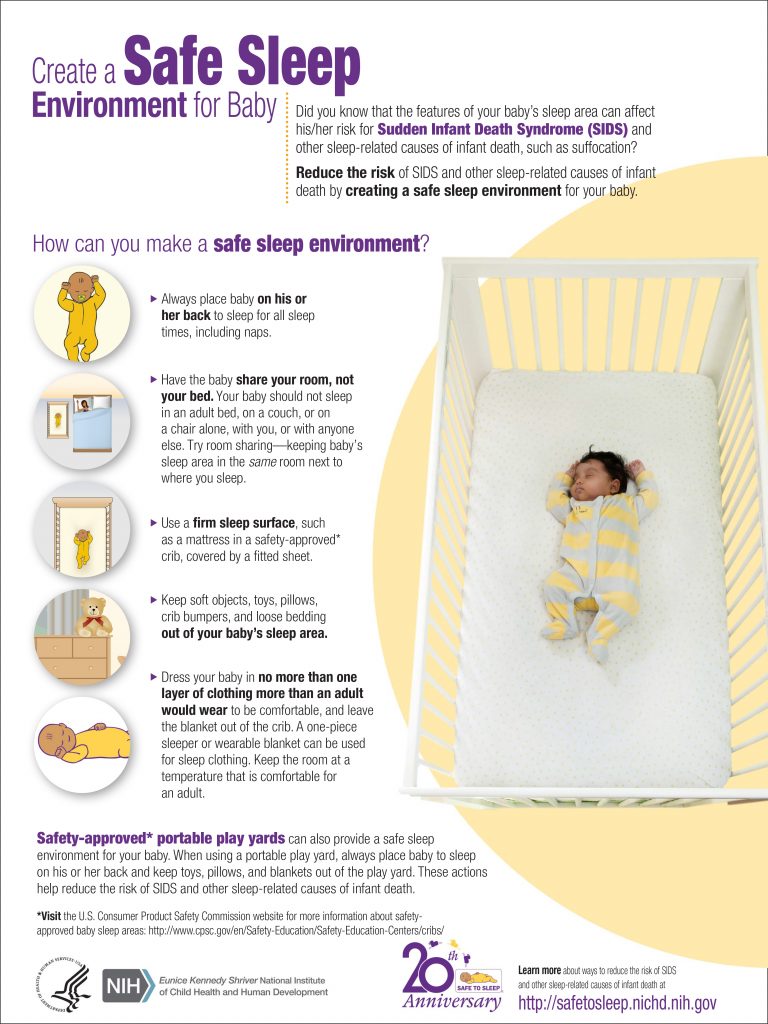
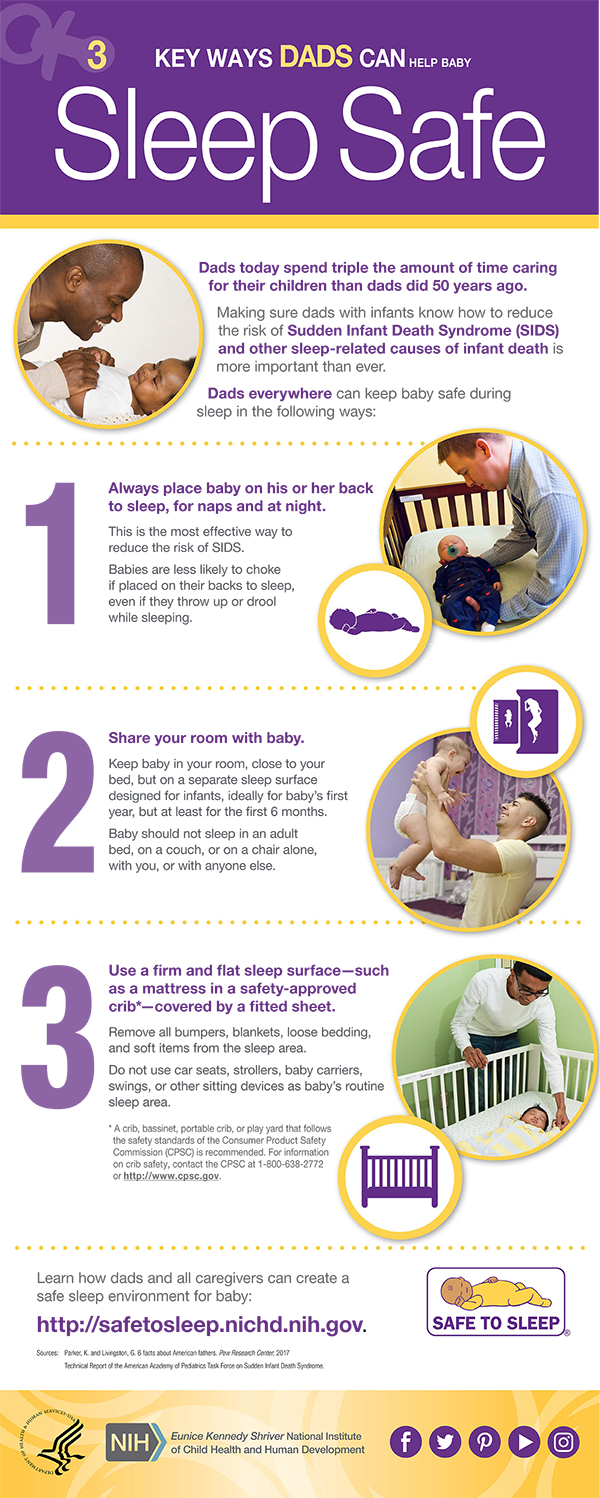

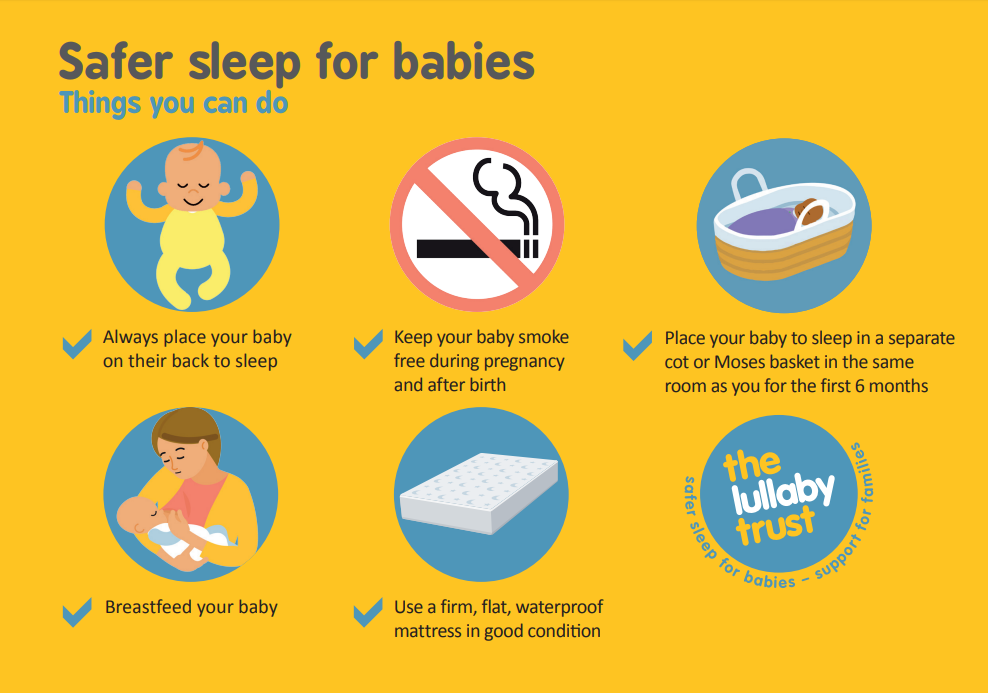

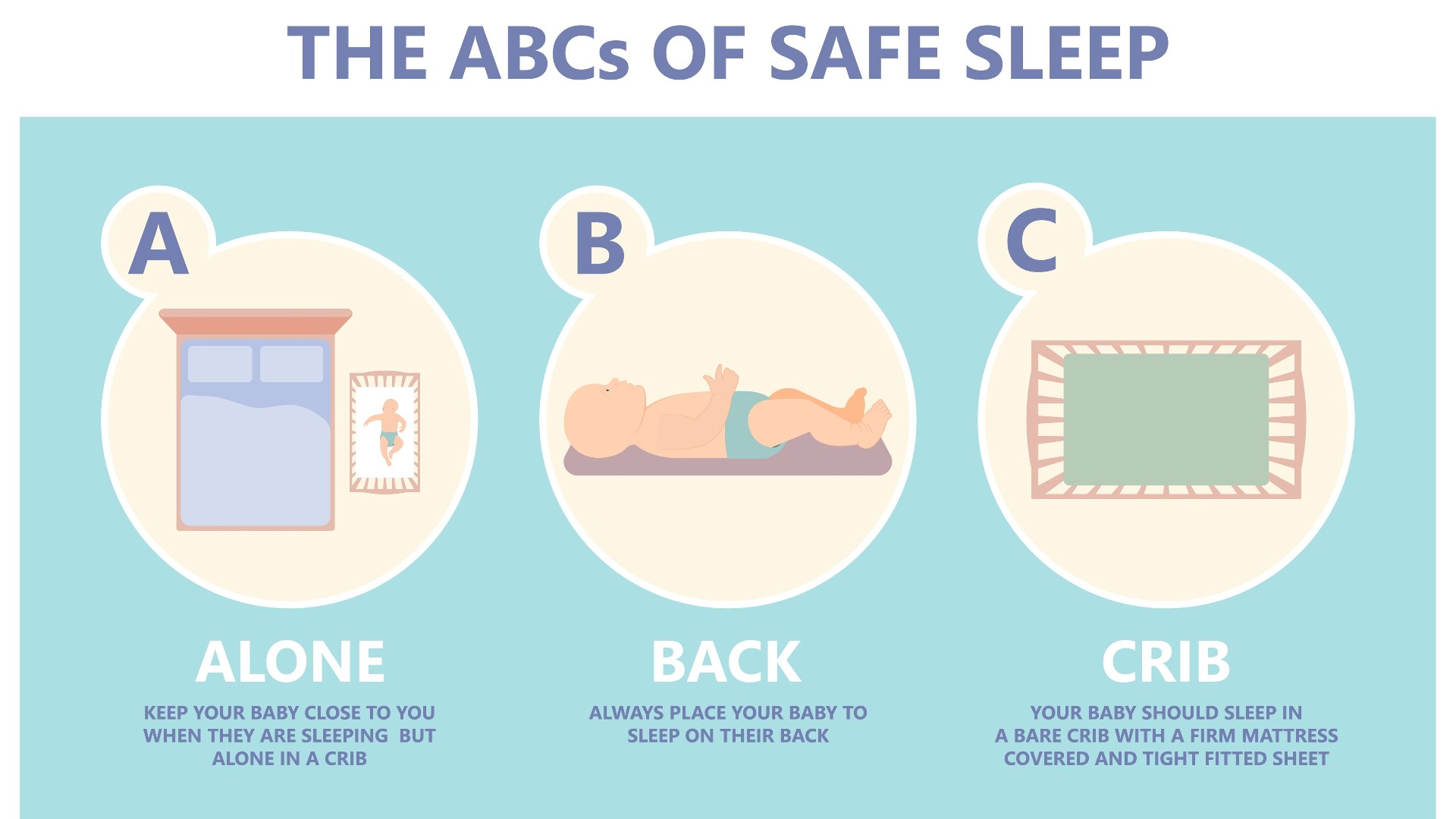


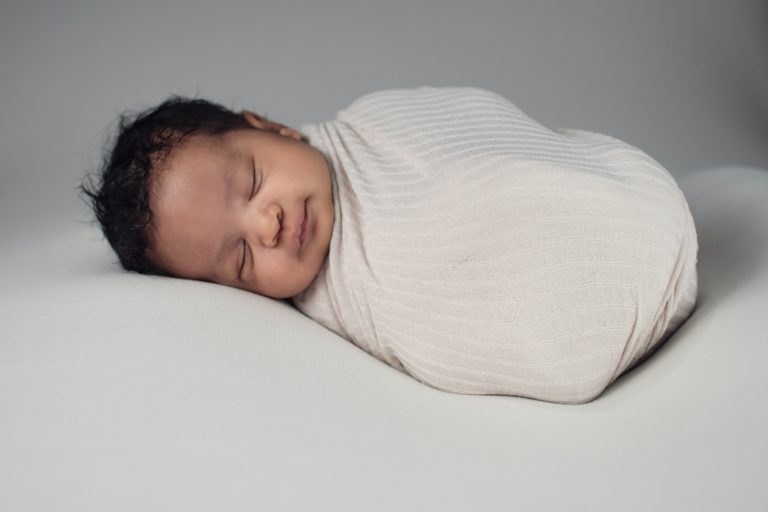




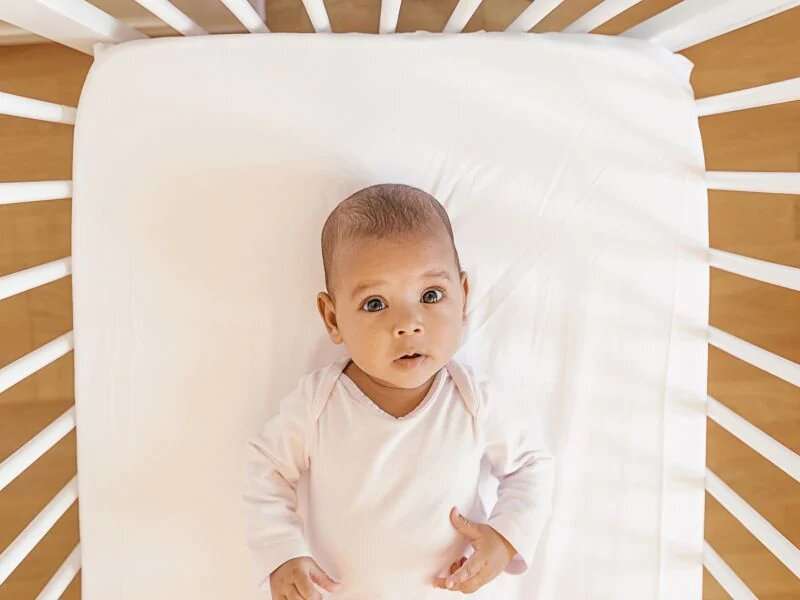


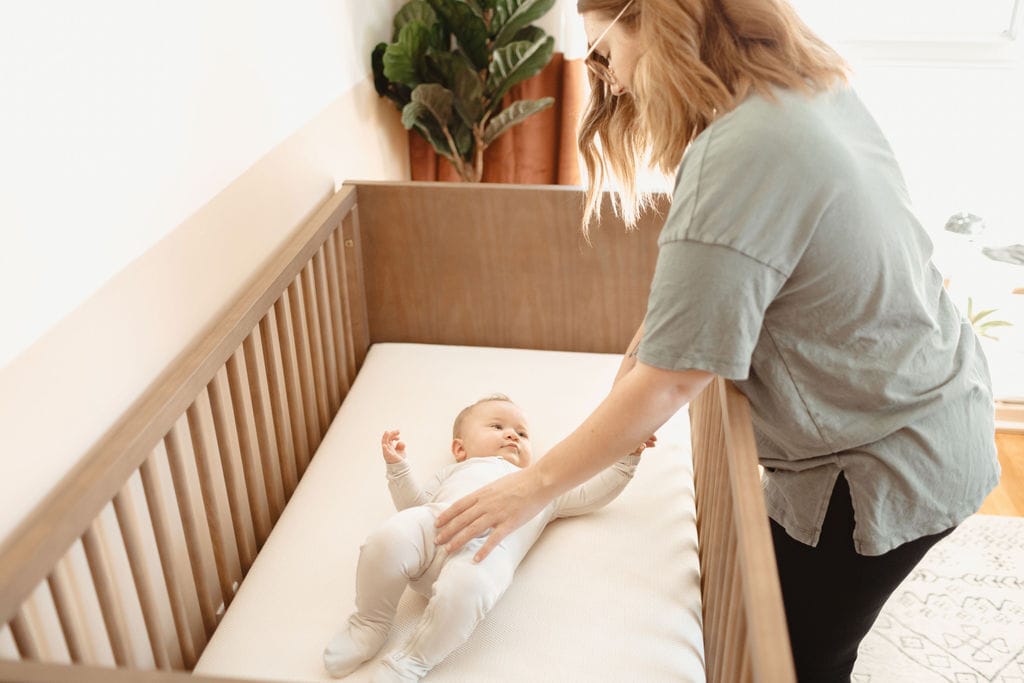
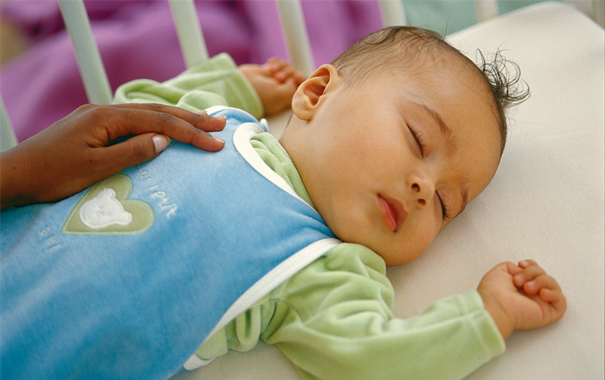






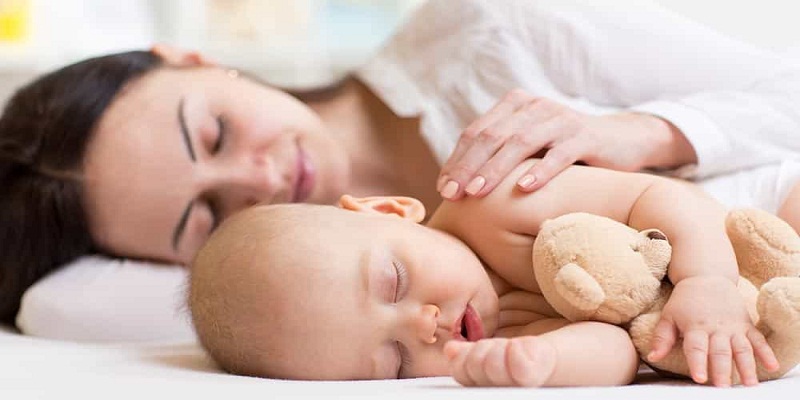
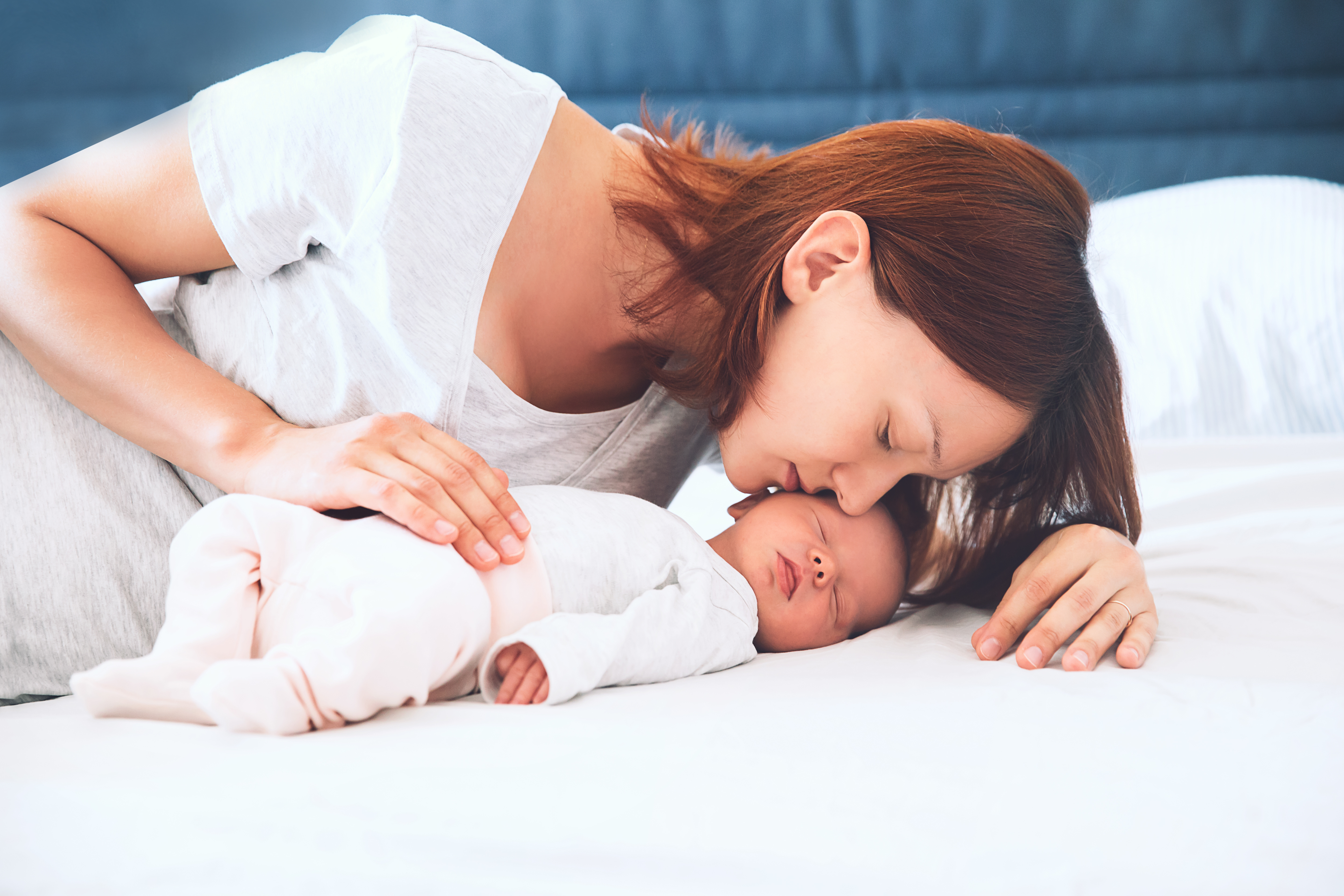



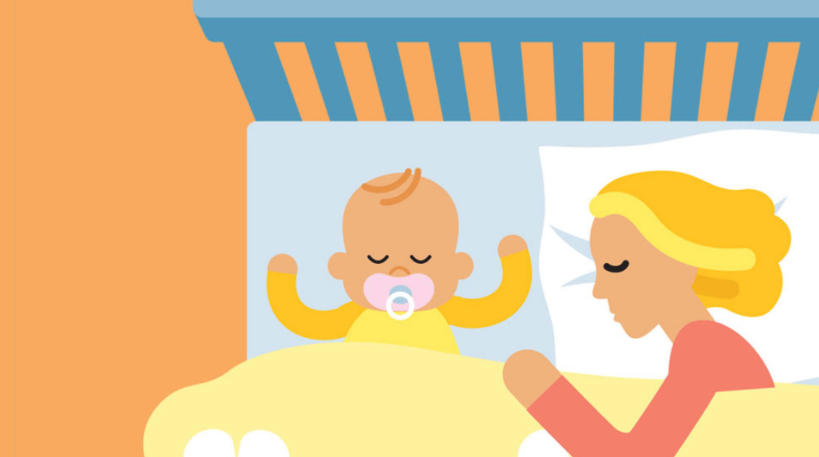


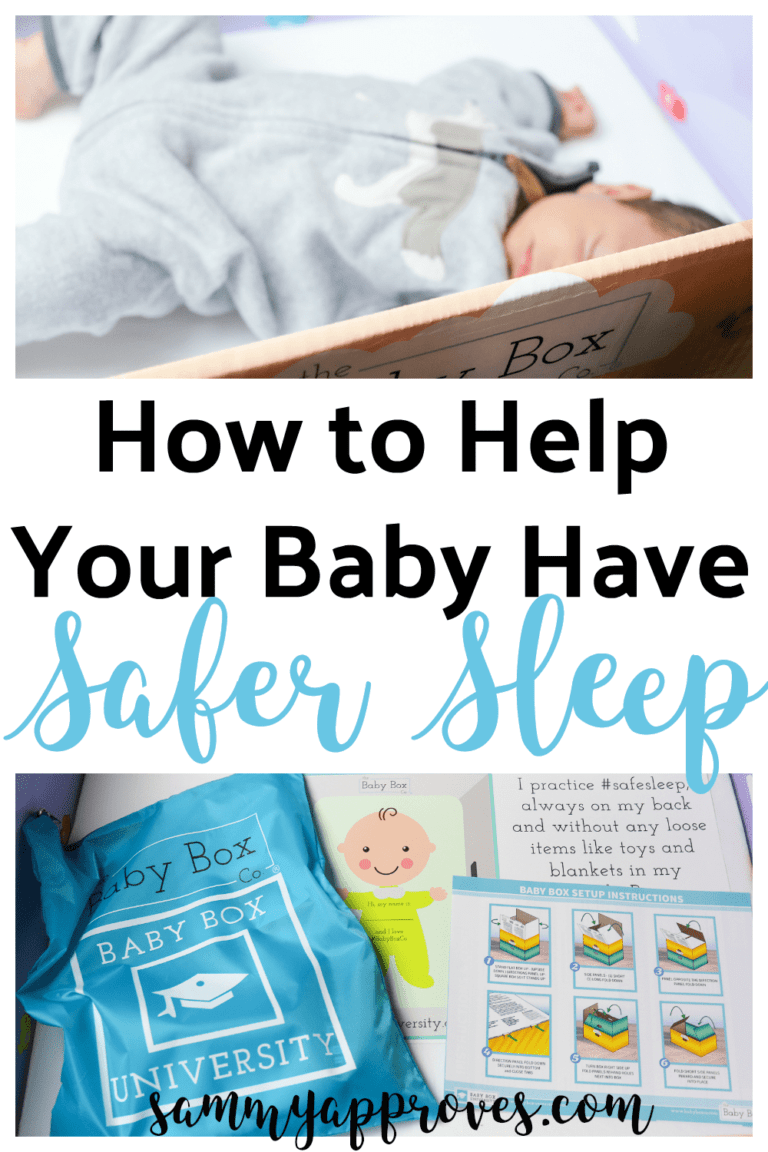


:max_bytes(150000):strip_icc()/how-to-reduce-the-risk-of-sids-5203085-FINAL-58bbbc73d3f740f6a67ef2354ca39bf6.jpg)




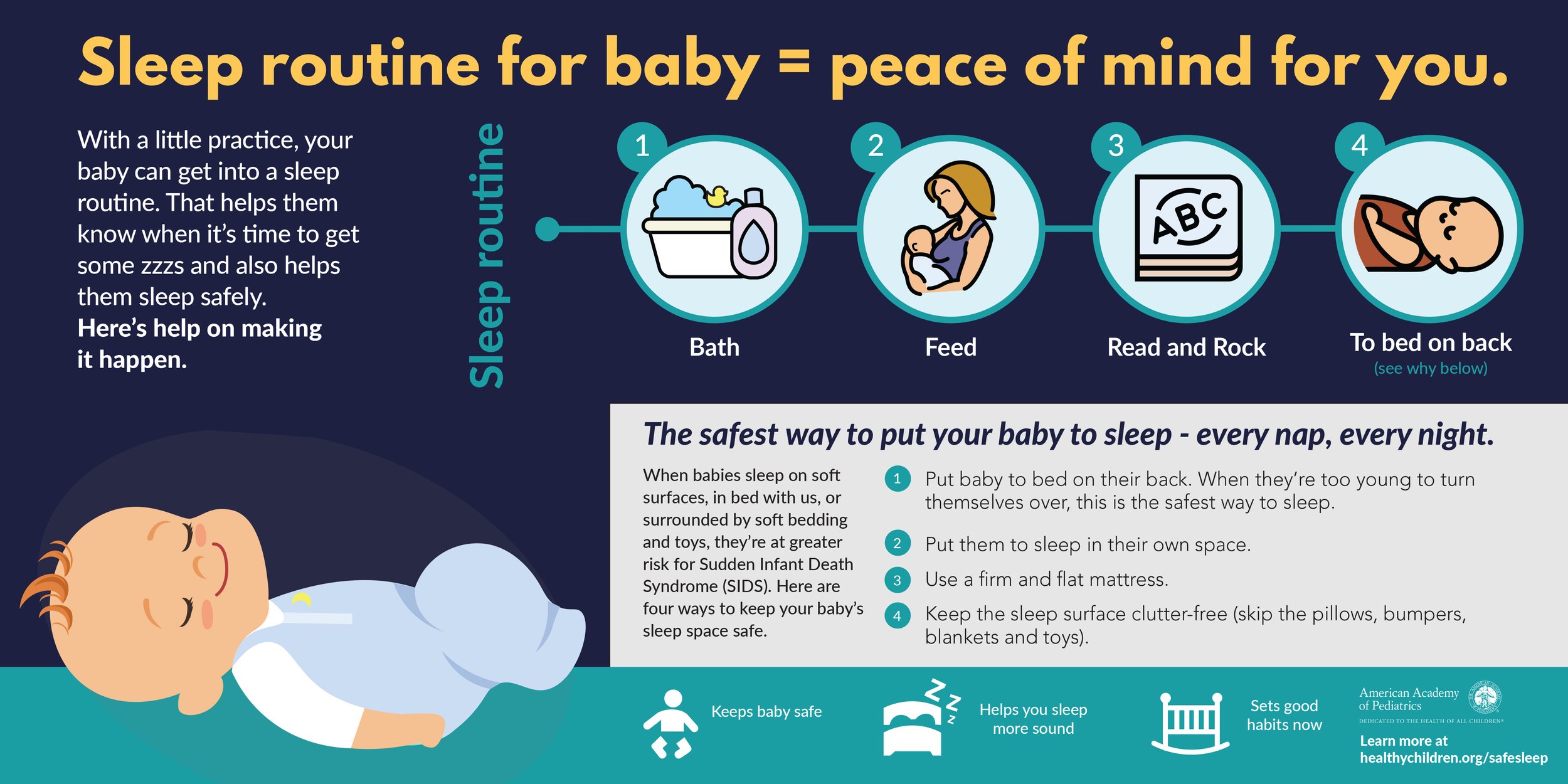
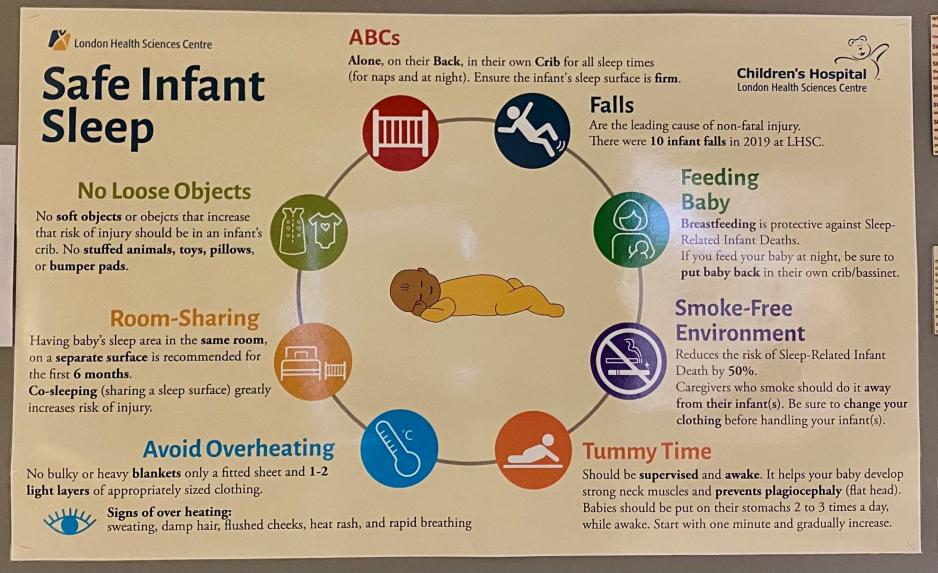

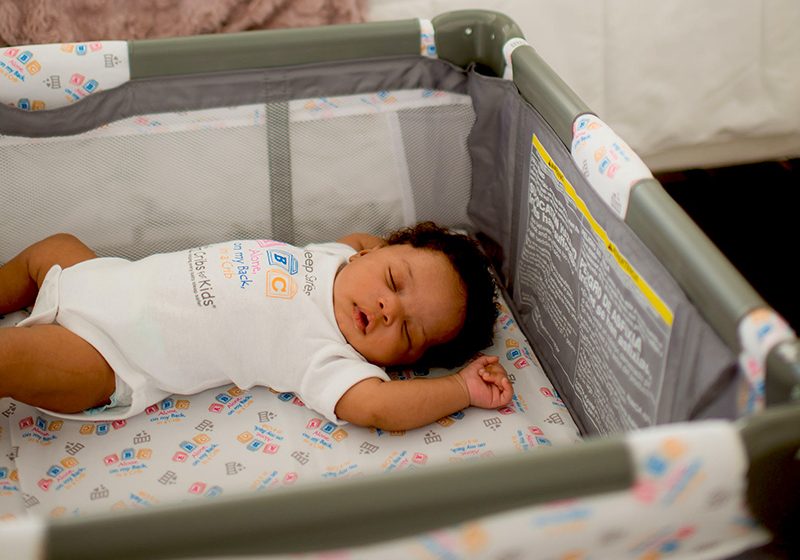




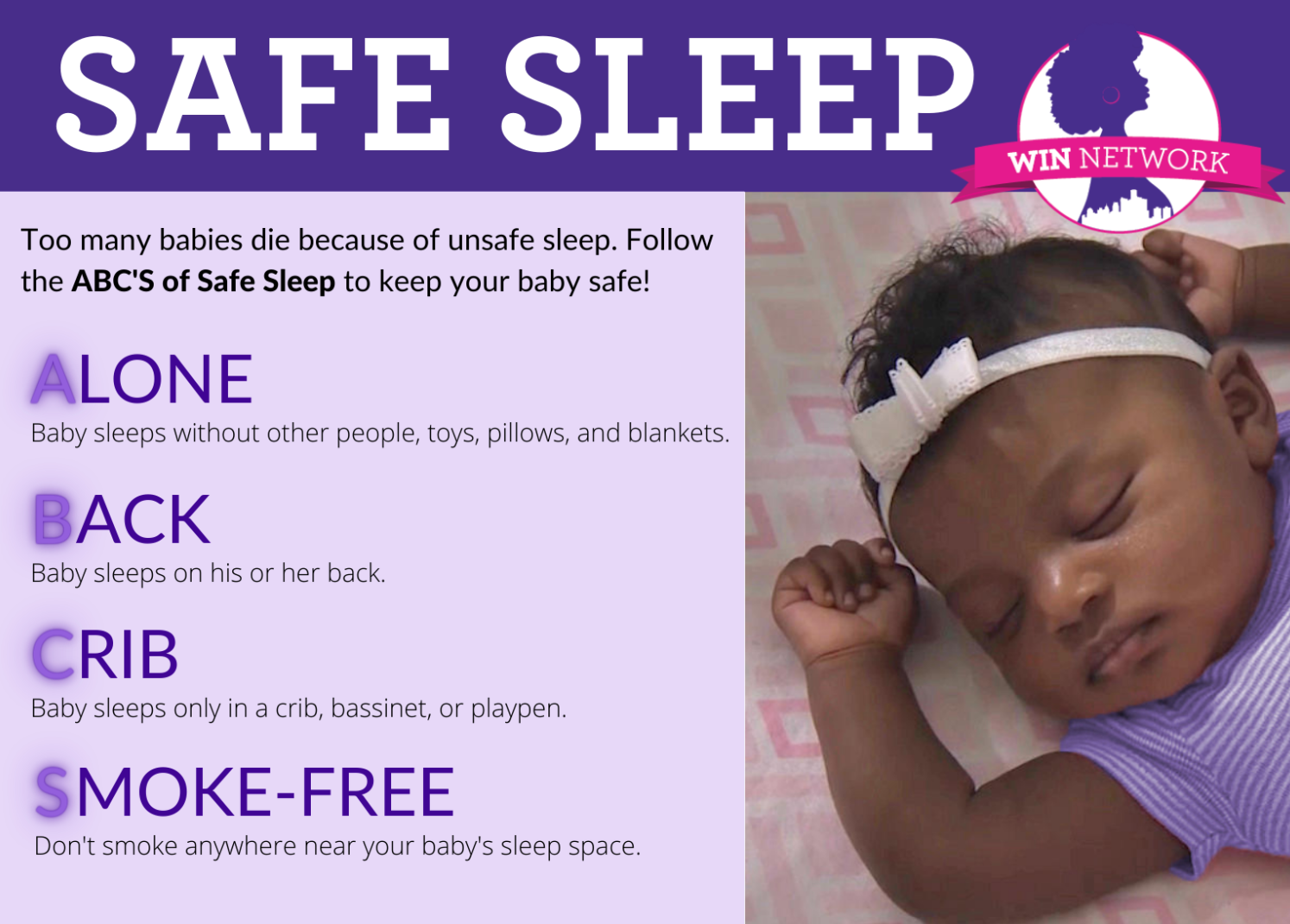
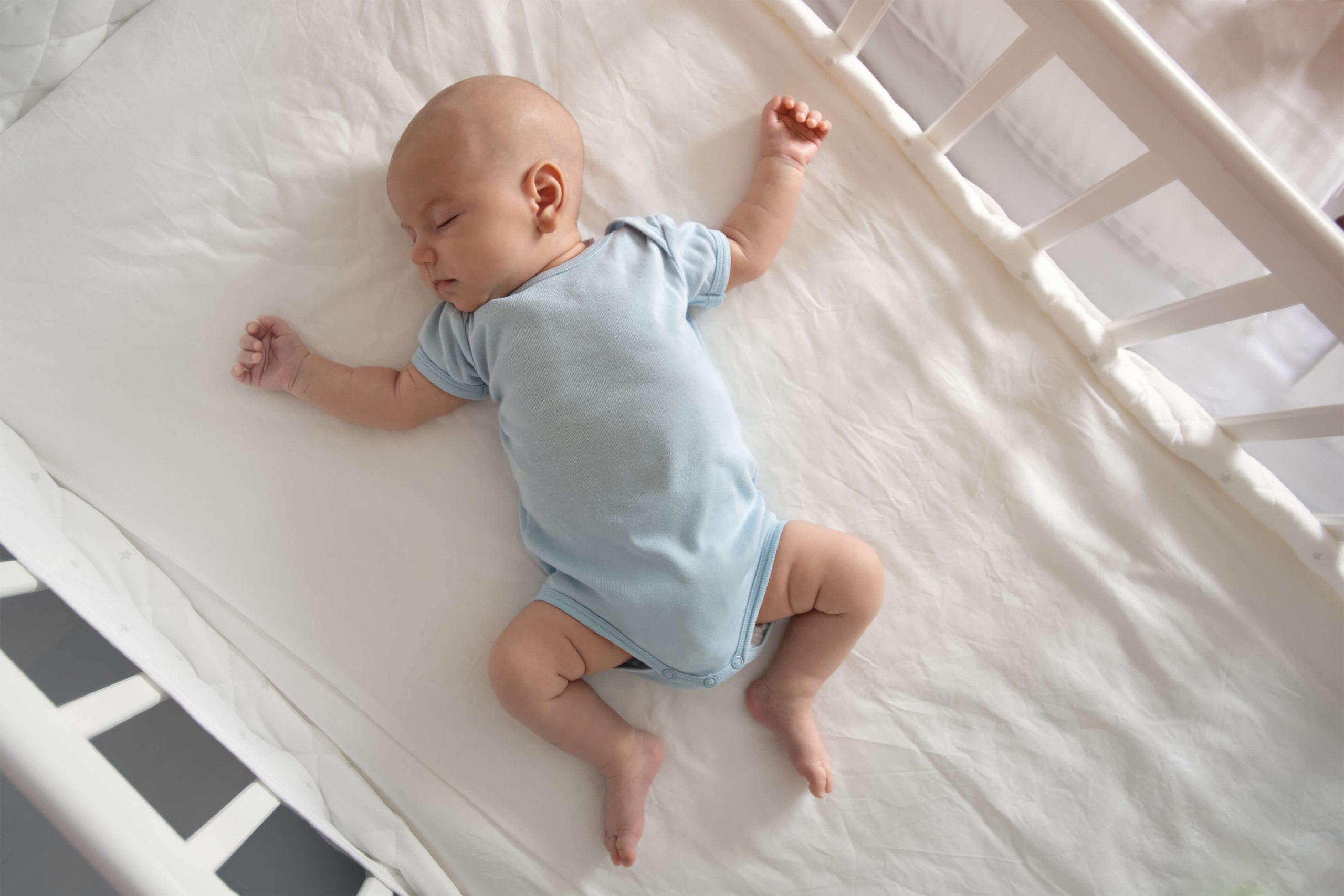



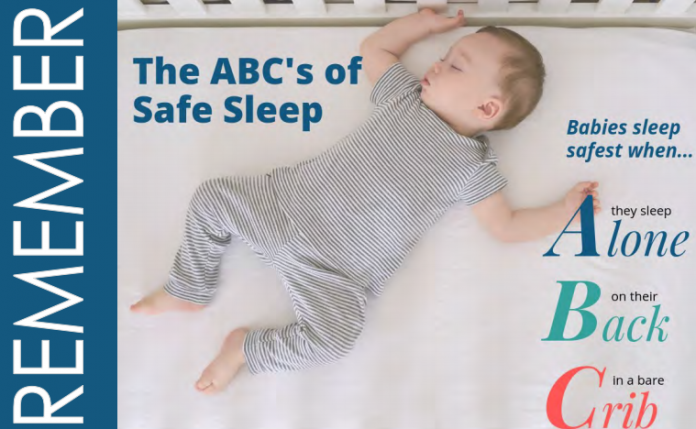



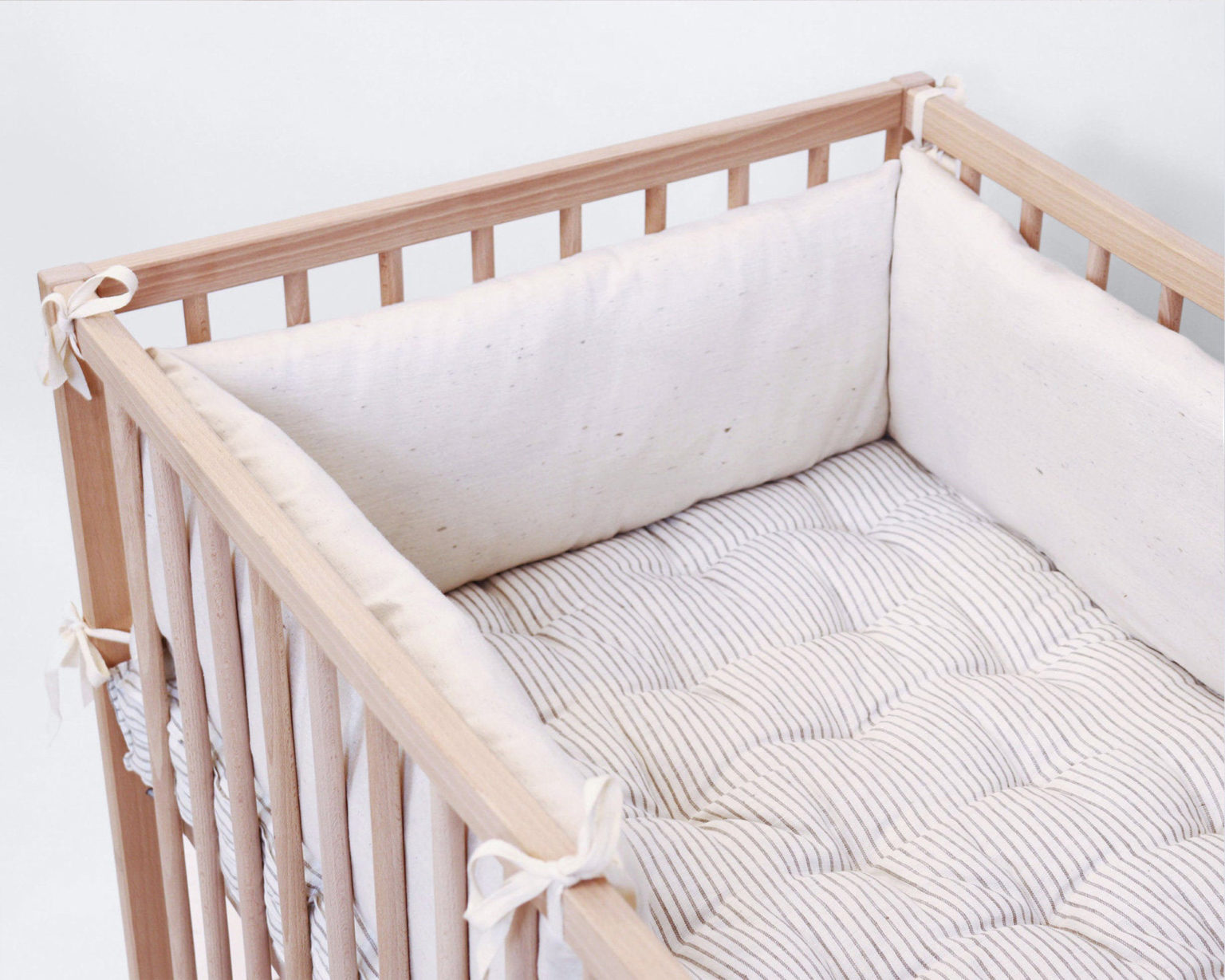



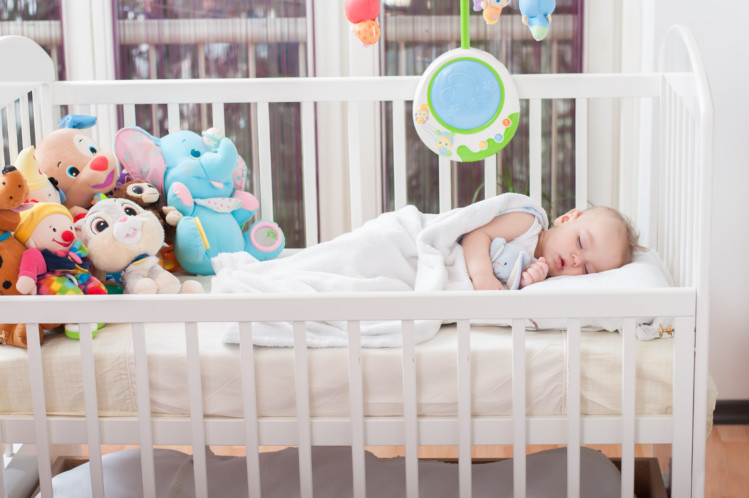





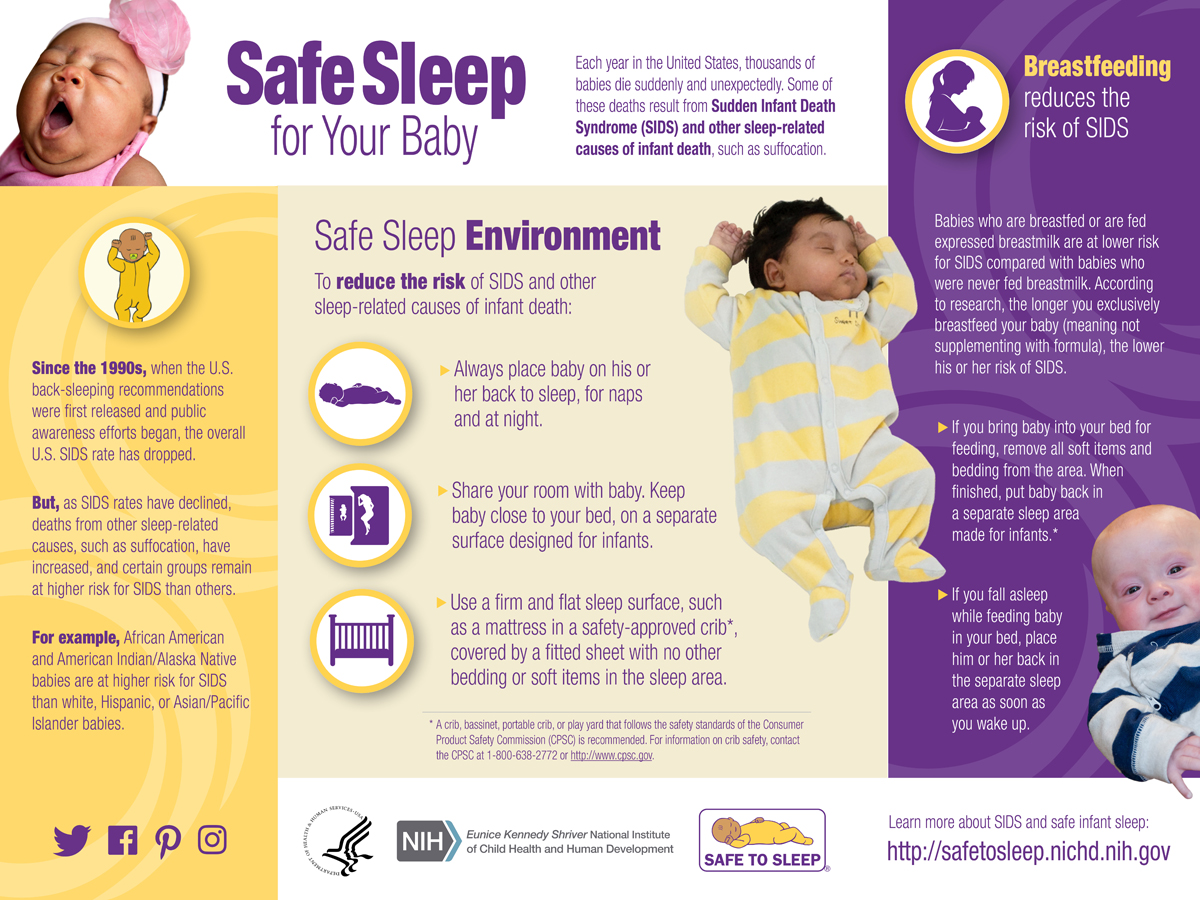

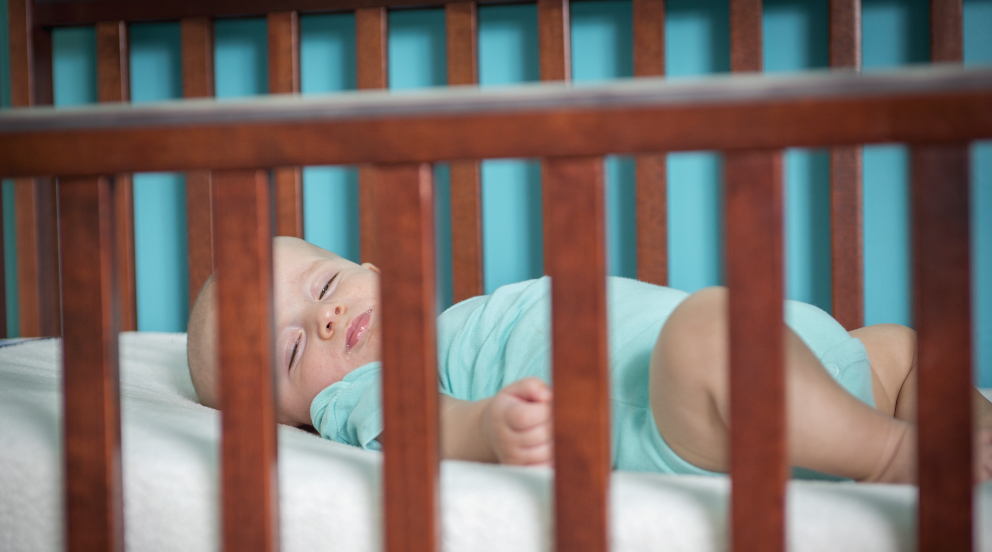
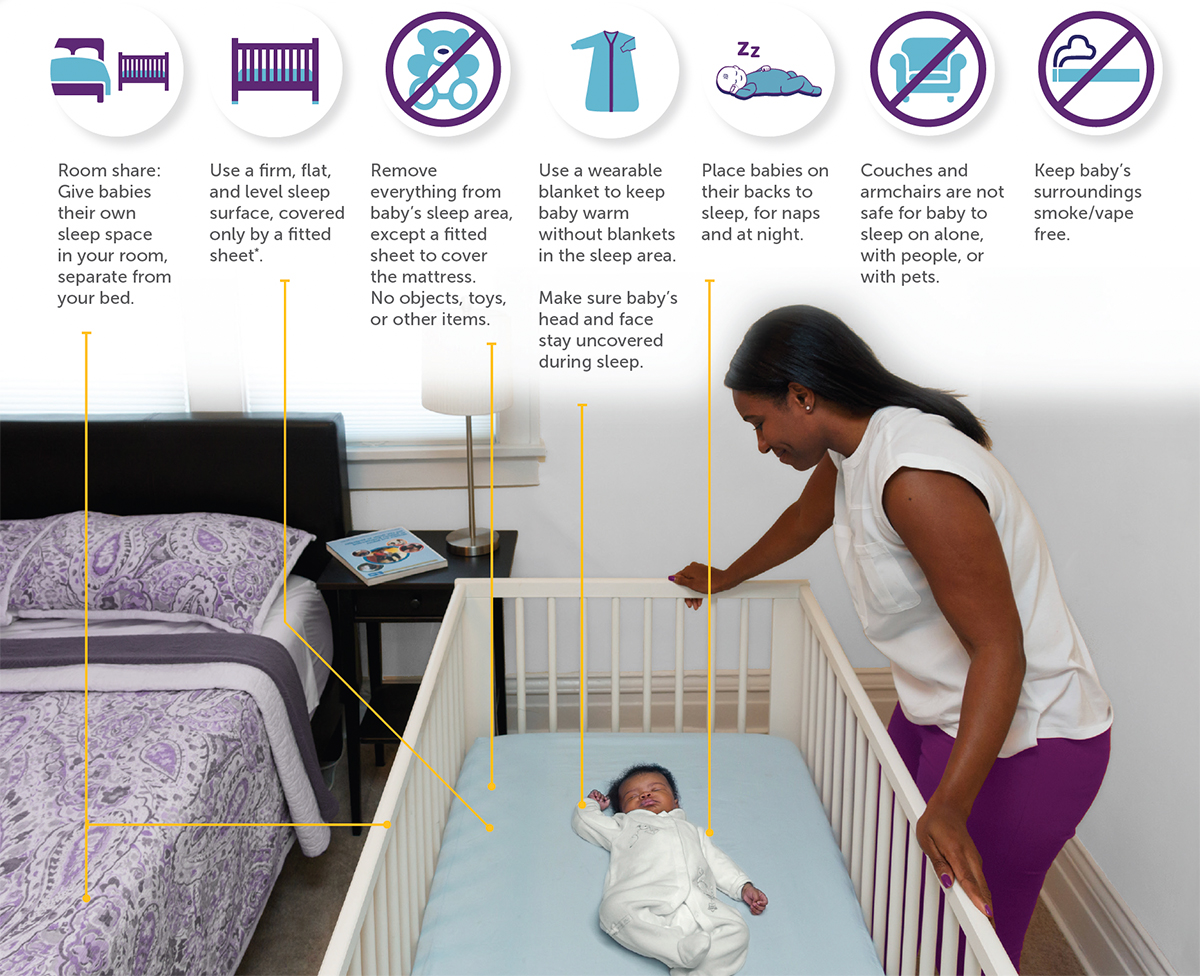
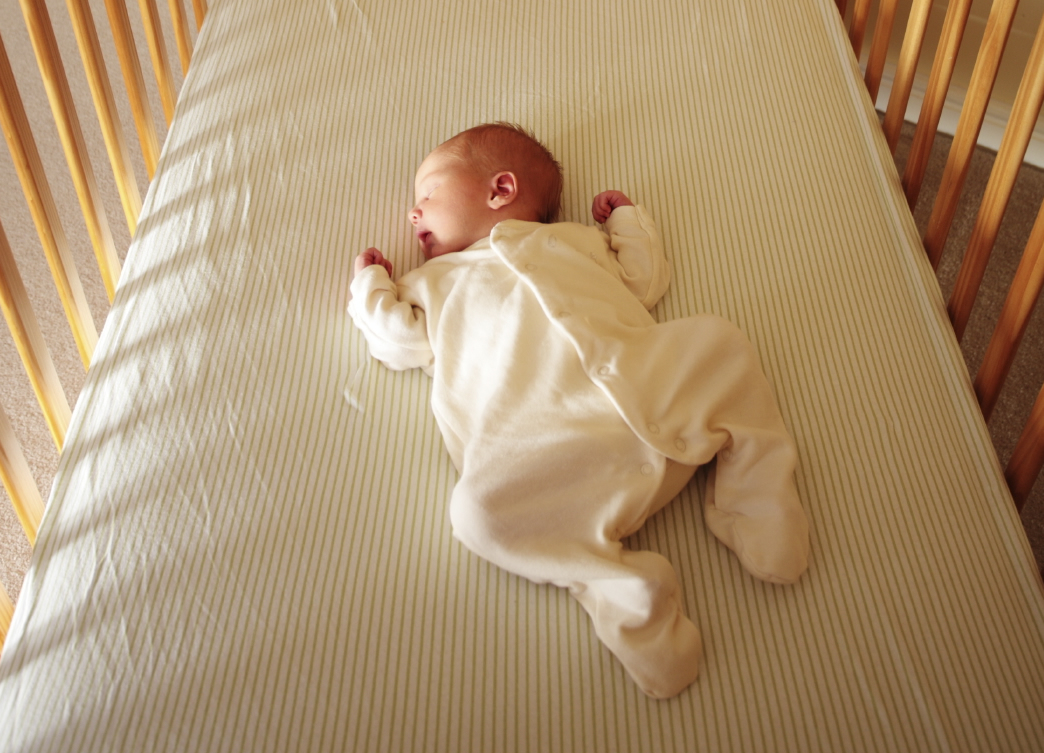
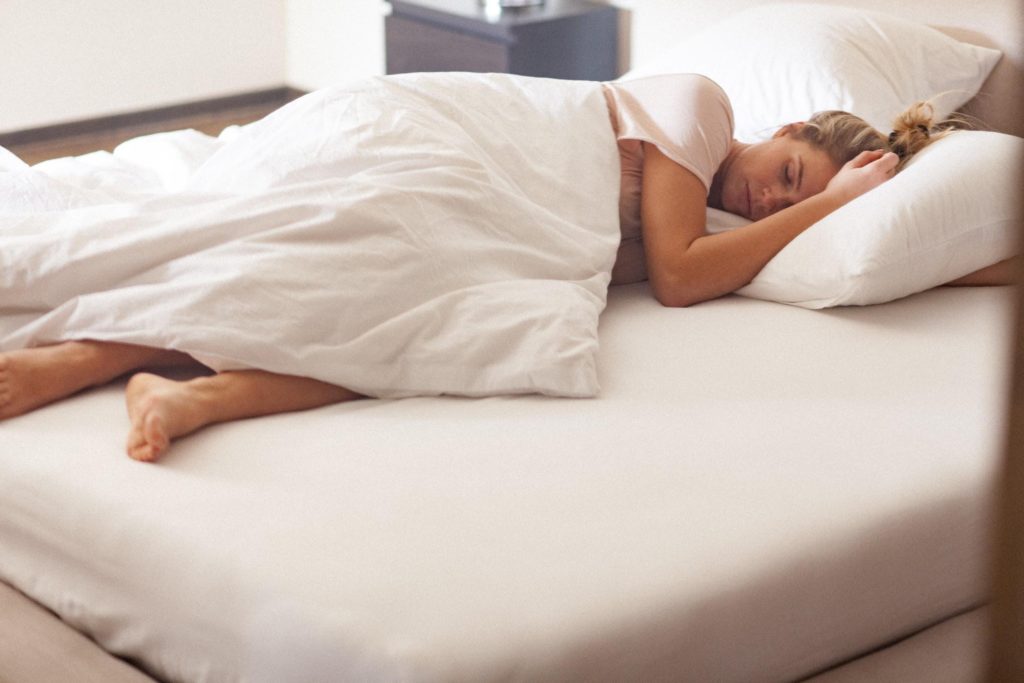


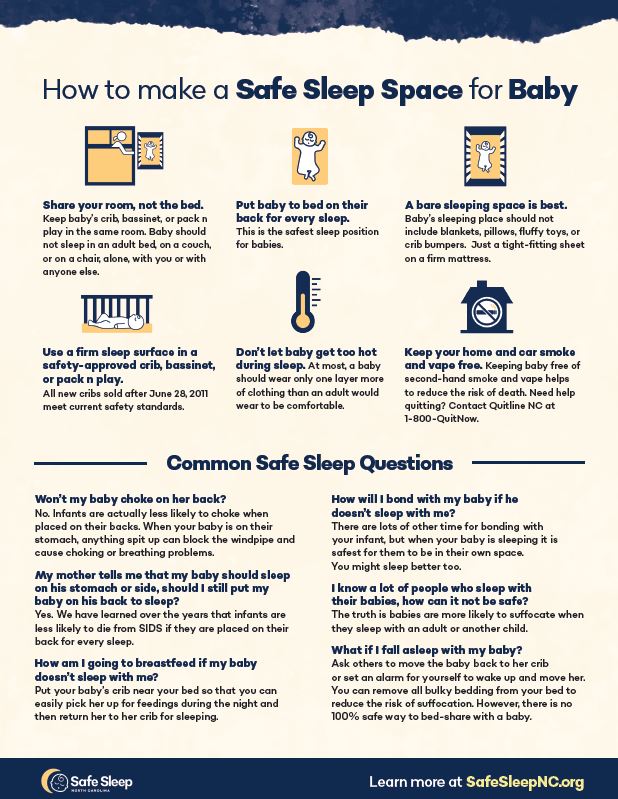
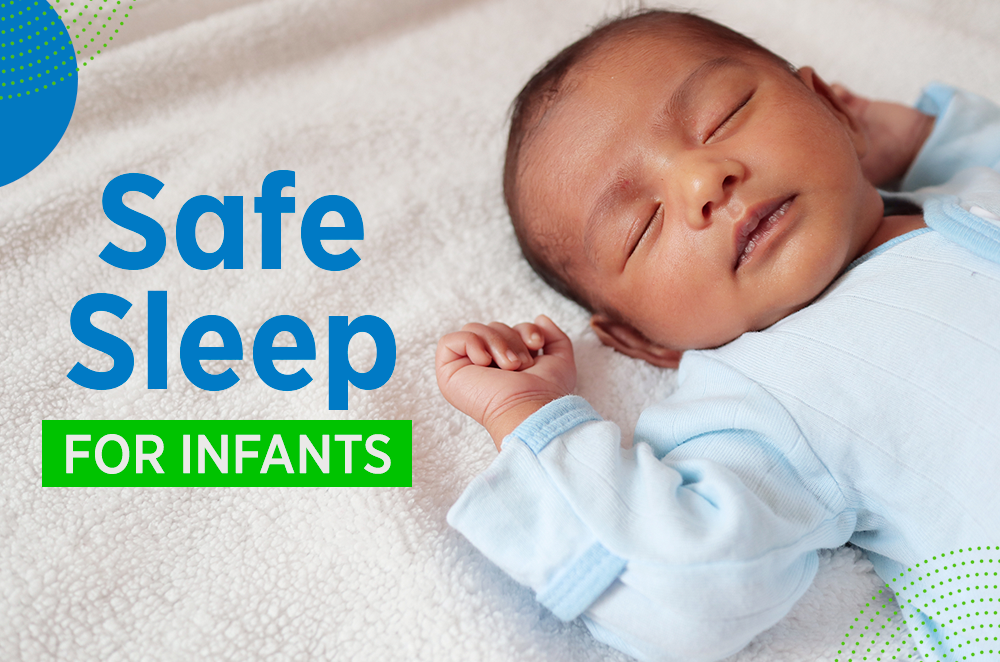
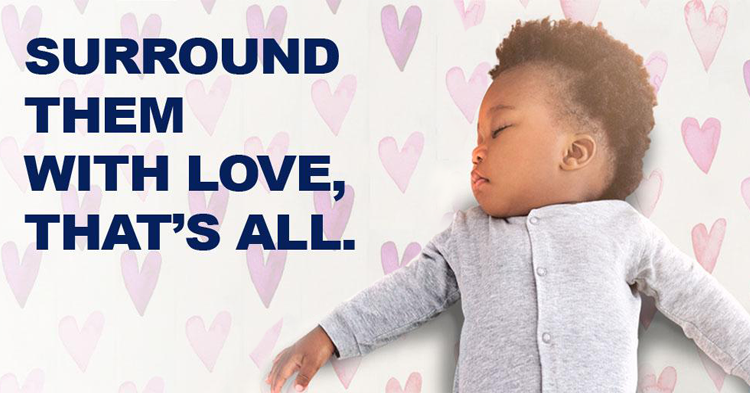




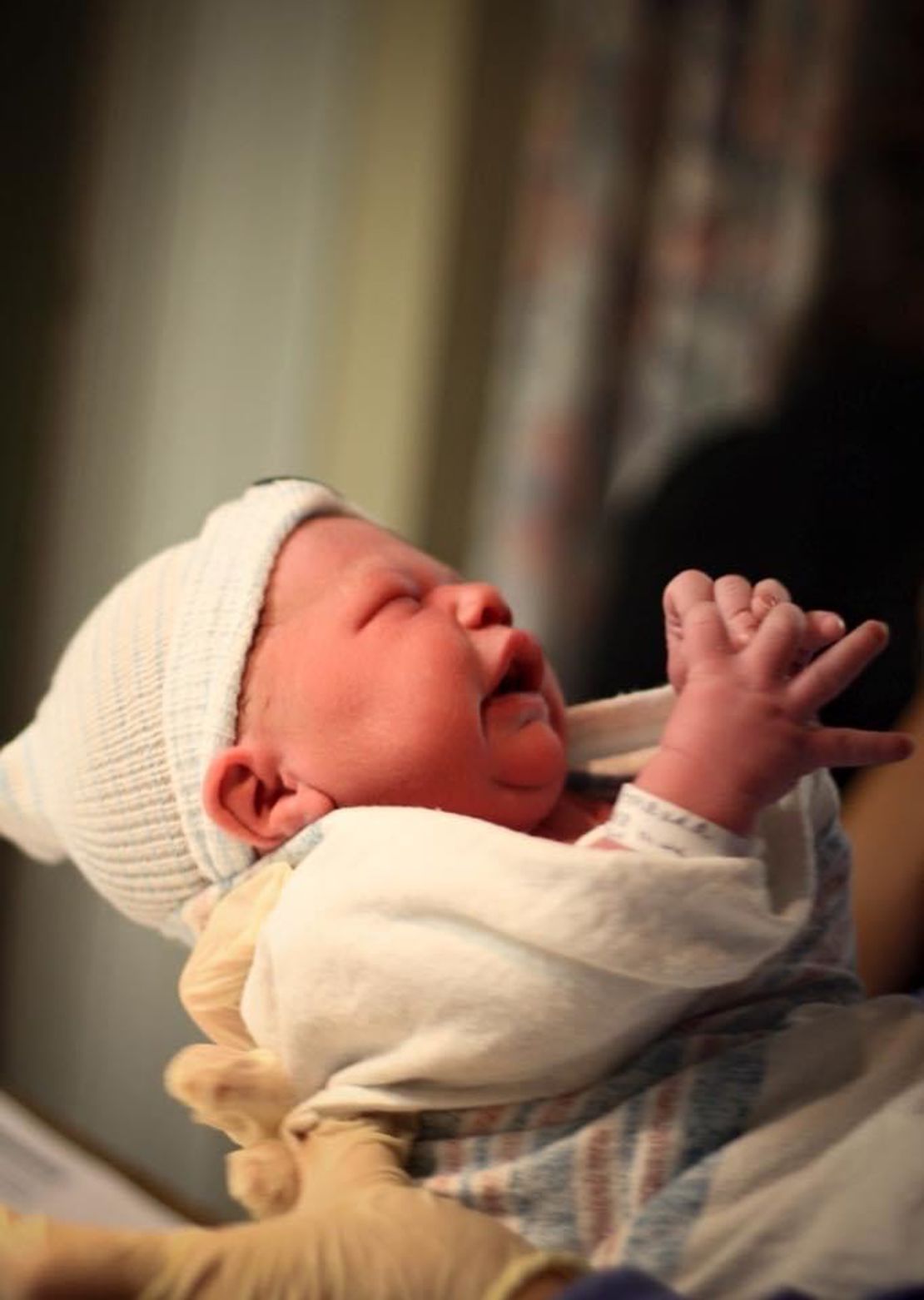


/GettyImages-475191191-5a20728eb39d0300392bd684.jpg)

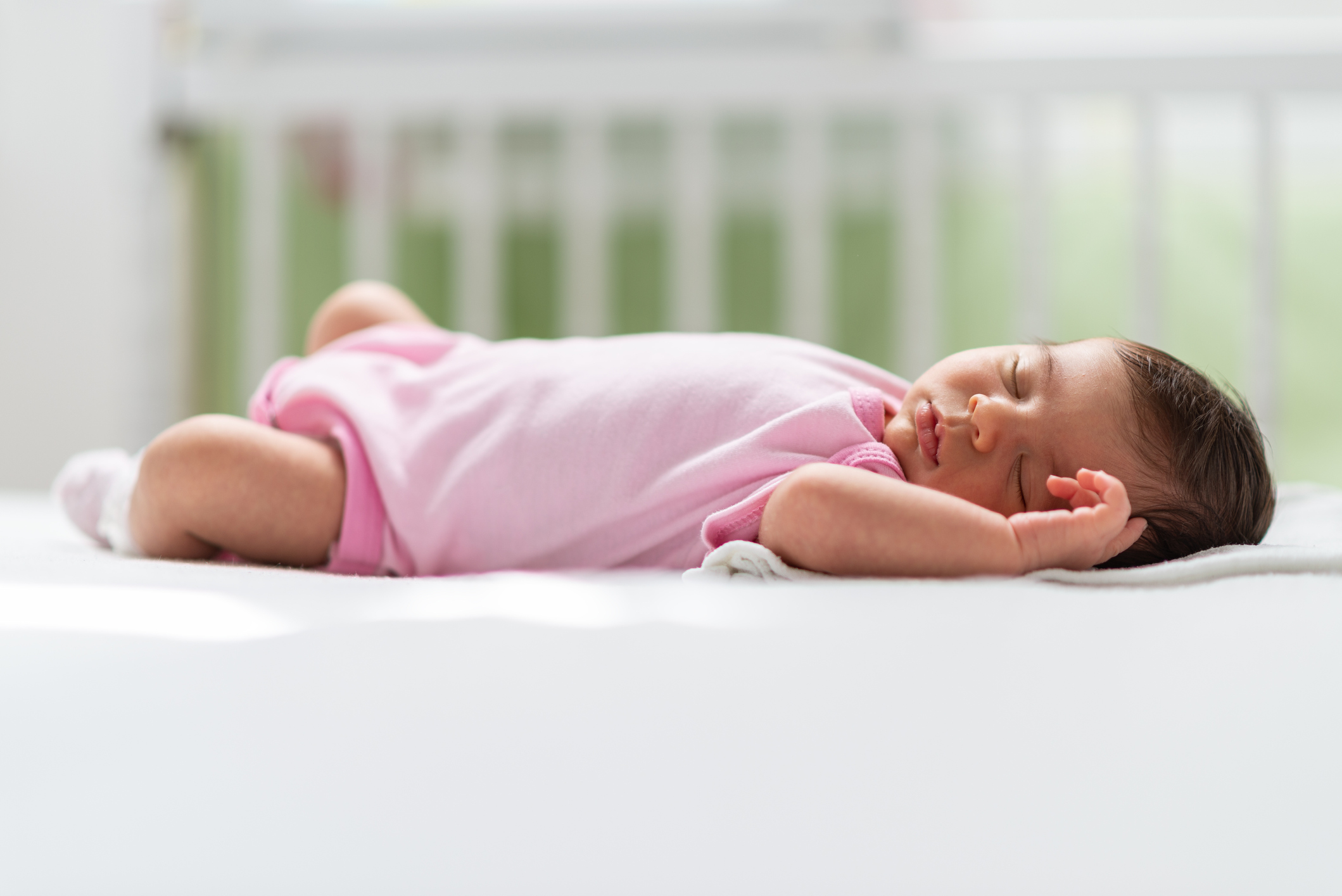

/AdenAnaisClassicSwaddleblankets-5bd8bc18c9e77c0051b77b62.jpg)







